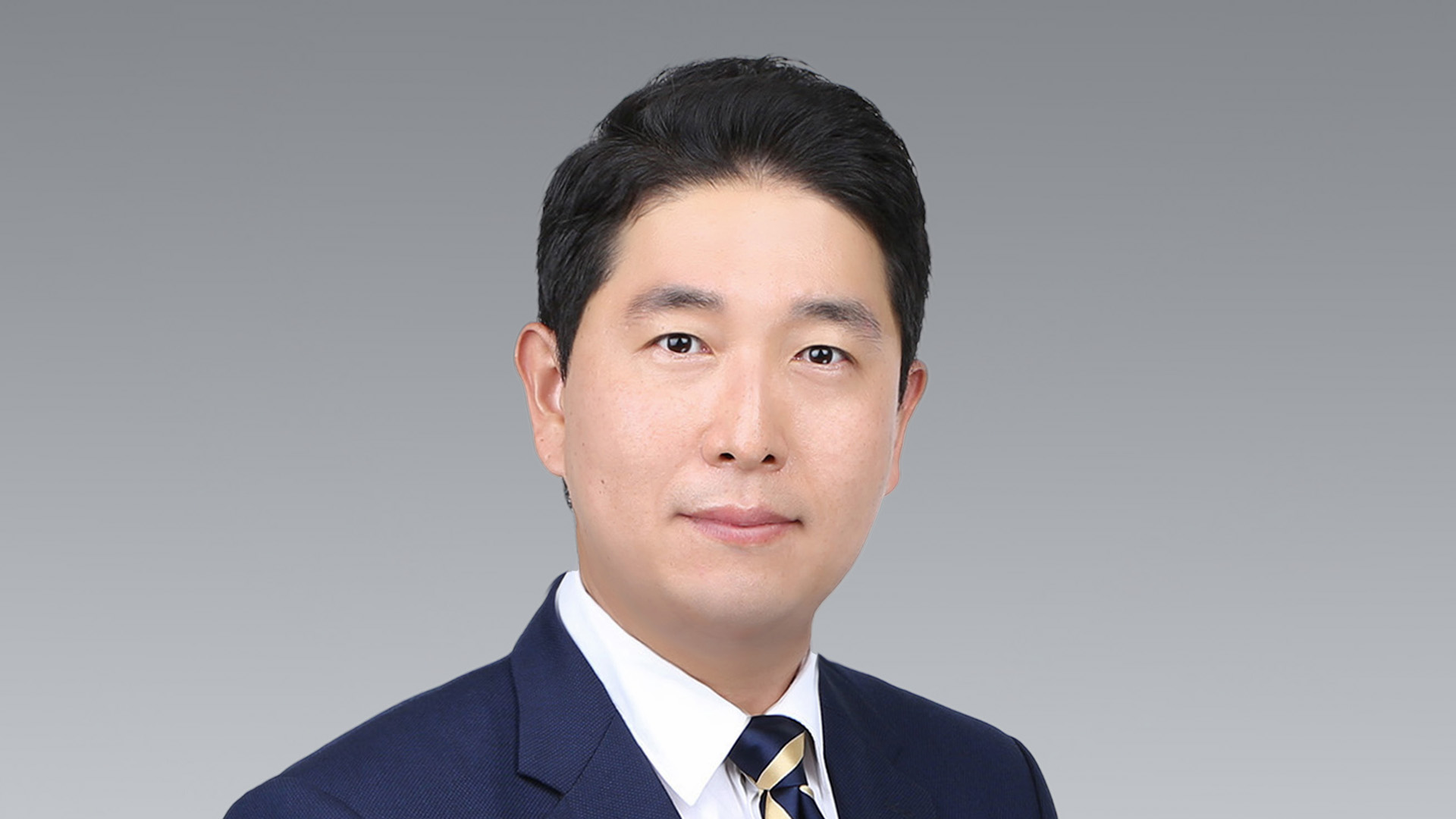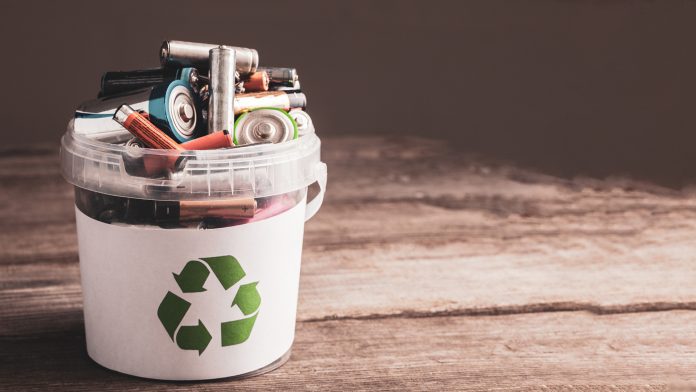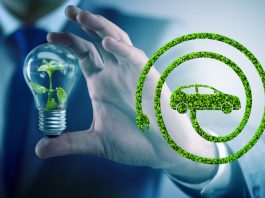CNGR EUROPE, the leading global pCAM maker, discusses the challenges of achieving the ‘closed loop’ in the EV supply chain.
CNGR, the number one in precursor cathode active material (pCAM) production, is stepping up its battery recycling capabilities. We asked Deekay KIM, Head of EU Recycling at CNGR, about the reasons and challenges of such a decision and what it means for the electric vehicle industry.

What has motivated CNGR to start a battery recycling business?
As the global number one pCAM maker, the most important thing for CNGR is to secure a stable supply chain of metal sulphate, the base material for pCAM production. Also, we aim to support our customers securing their supply chains and meeting each region’s changing regulatory requirements. Therefore, we decided to take our recycling business global to utilise both refining and recycling facilities to source raw materials.
There are clear advantages to providing a complete ‘closed loop’ supply chain solution, starting from our recycling business, sulphate refining, and finally battery grade customised pCAM solutions. The ‘synergies of connected processes’ inside a complete closed loop reduce the overall CO2 footprint, shorten lead times, and reintroduce materials at a lower cost to our customers. That is why CNGR strategically locates our recycling facilities and pCAM plants at the same location.
As a partner in global initiatives to reduce CO2 footprints, CNGR recognises our responsibility to expand our recycling business further. As a global citizen in the EV Battery Ecosystem, a ‘local for local’ approach is needed to meet our customer needs and provide green solutions. We highly appreciate the need to create a sustainable supply chain, and we are leading the industry in green industrialisation. For example, our next-generation factory, beginning production at the end of 2021 in Qinzhou, China, is one of the planet’s first CO2-neutral advanced material manufacturing locations.
What competitive advantages will CNGR recycling offer?
CNGR can guarantee a high metal recovery rate. When advanced recovery technology is adopted, the recovery rate of nickel and cobalt metal is expected to gradually reach over 98%. Such a rate contributes greatly to sustainability and better profitability.
CNGR provides green industrial design. Our production line is designed with inert discharged crushing, electrolyte recycling, tail gas treatment, and other devices to reduce hazardous waste output, employing best practices to ensure ESG protocols are followed for safe and careful processing.
CNGR’s optimised processes achieve a high level of automation in our recycling process. Through a visual recognition system, we get a precise position of parts and pack designed locations to optimise disassembly. We combine a high degree of diversification and standardisation at different stages. This enables us to handle all mainstream models of battery packs and modules in the market. CNGR’s generation technology also has the unique capability of extracting lithium, separating CNGR from the prior generation’s recyclers. Using this technology, CNGR has experience in pushing various projects forward in China.
Finally, CNGR can give our customers a competitive advantage with our early operational timing of plants. CNGR has signed a partnership agreement with Al Mada for the creation of a Morocco-based Joint Venture aiming at producing battery components for electric vehicles and recycling batteries. This is ahead of any other competitor. Morocco can provide geographical advantages since it is close to Europe and North America. Moreover, Morocco has Free Trade Agreement (FTA) status with the EU and US, making it easier to comply with various regulations of each region.
How can CNGR meet the future requirements of European regulation, such as CRMA/EU battery regulation?
Eco-regulations in Europe will be a major issue of compliance for all suppliers, which will be an inevitable market trend. According to recent EU regulations, by 2030, it will be necessary to reduce raw material dependence on foreign sources and use recycled materials in battery manufacturing. Specifically, the Critical Raw Materials Act (CRMA) targets 15% of the EU’s annual consumption to come from recycling by 2030. To succeed in this move, it is necessary to recycle minerals such as cobalt, nickel, and lithium, which are defined as critical raw materials (CRM).
To meet the requirements, it is necessary to recycle critical raw materials, to produce critical battery intermediate materials such as pCAM and to connect them to secondary battery production. CNGR can form a Circular Economy in Europe based on our successful experiences building a closed loop in China. We are preparing not only to reduce costs, but also to secure a stable supply of raw materials, creating localised solutions to supply our EU customer base.
What is CNGR’s vision for the recycling business?
CNGR is poised to meet our EV battery partners’ immediate and future needs. To ensure excellent service and maintain our position as the number one pCAM supplier in the EV battery industry, we will expand our EV battery recycling footprint with our planned precursor factory expansions in Indonesia, Finland, Morocco, and Korea. CNGR has had hands-on experience recycling EV batteries in Asia since 2019, helping secure our position as the world’s leader in pCAM production, and supplying pCAM to the major battery makers in the world. Our ultimate goal is to be the global leader in EV battery recycling.
CNGR will bring each region the reality of a true ‘closed loop supply chain’, securing the critical materials supply and delivering the highest quality pCAM, including reprocessed end of life (EoL) batteries and factory-process scrap materials that meet each region’s unique regulatory requirements. The pCAM produced in our new factory locations will be IRA and CRMA compliant, strategically locating our new factories in FTA nations and inside the EU to become part of the localised supply chain and closer to our customers. Each region will have multiple recycling locations that will secure additional material supply from factory scrap and EoL batteries to meet the growth projections of the EV industry and the needs of our existing customer base by returning their materials back into their supply chain.
Please note, this article will also appear in the sixteenth edition of our quarterly publication.









